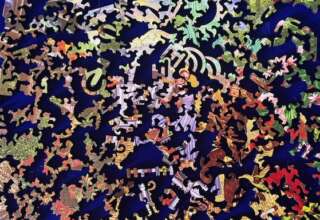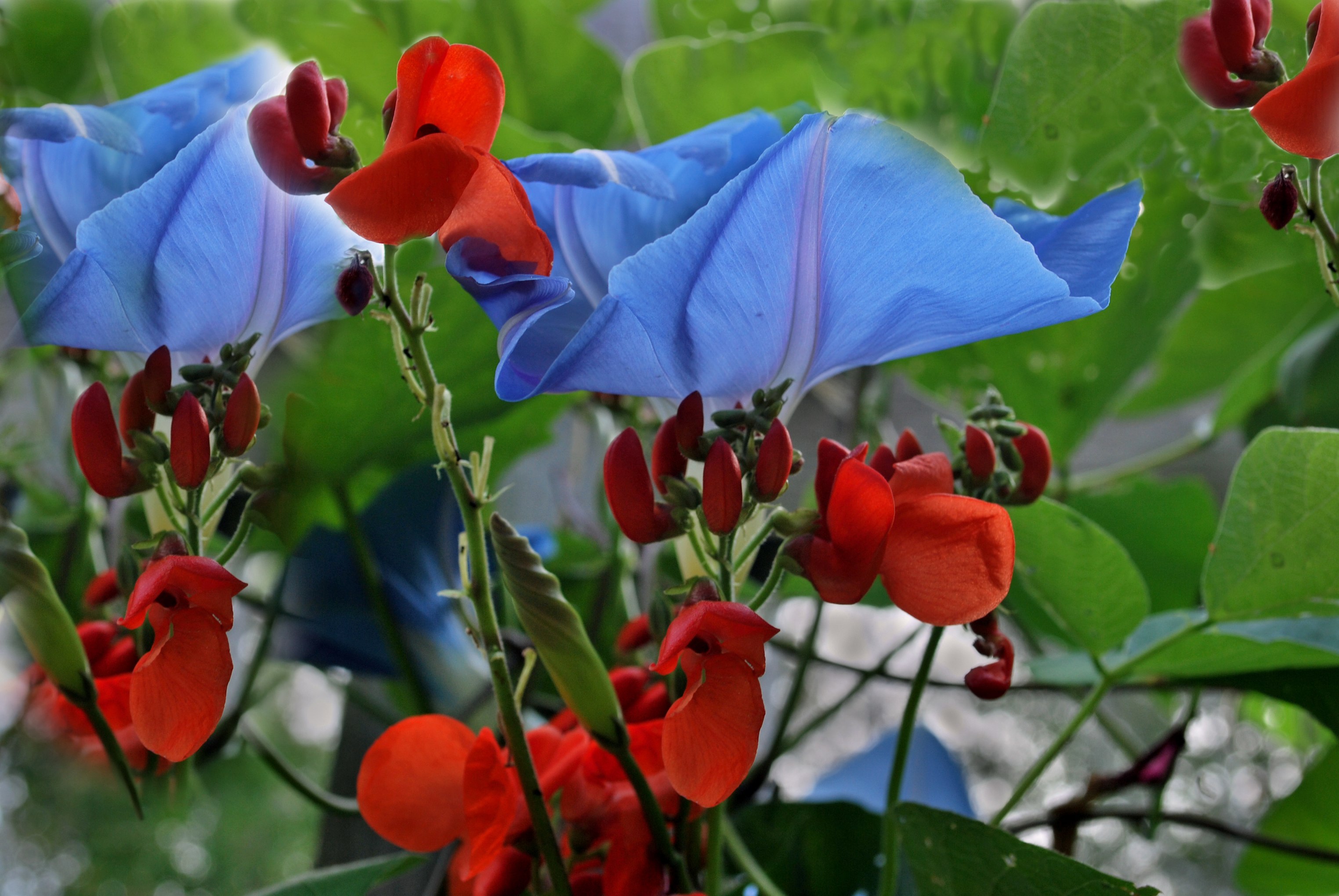
Our feelings can teach at last. The interweaving dance of joy and sorrow is one of the most important lessons we can learn about ourselves. Recent neuroscience research suggests that the framework for both joy and sorrow is to be found in a subcortical area of the brain called the amygdala. This almond-shaped structure serves as a monitor for potentially powerful stimuli that might harm us or provide us with great joy. The key role played by the amygdale in our emotional life was first persuasively presented by Joseph LeDoux (1998). Yet it is not in battle or in reading about the amygdala that we will learn these lessons. Bonhoeffer was only able to reflect on these feelings in prison, after he knew that the plot against Hitler had failed and that he soon would die. His circumstances plunged him deeply into soul work and, as a result, he wrote some of his most poignant and soul-wrenching prose and poetry while in prison.
When we are at war, it is hard to distinguish between joy and sorrow. This distinction is much easier to engage in the neuroscience research lab or in our daily, low-stress lives. These soaring feelings that arise in battler are matters of spirit rather than of soul. Our feelings are confused. In the swirl of events, we don’t even know if we are wounded. Adrenaline courses through our veins and we do things we never thought possible — playing through our pain and overlooking our hurt and fears. We are truly heroes, but also learn little about what resides inside us—other than courage and determination. At the end of Robin and Marion, Robin understands Marion and fully appreciates her undying love for him. He finally realizes that his life holds meaning only in his struggle for justice. He dies happily knowing that his life ends with one final victory.
The rest of us might not be as fortunate as Robin. We might not have a Marion in our life to serve as our final guide. We might die without gaining much wisdom about our need for battle and victory. We will learn little about ourselves from battle and will probably only learn very much if we lose the battle or if we run away or refuse to fight. As warrior we lose consciousness (die) before moving past heroic stances. The woman that Robin loved fully understood that he was unlikely to ever move beyond this heroic point of consciousness until he faced his own death. Perhaps Marion also recognized that she would never be able to attend to Robin again after he had been wounded in battle. Was this her own “high point” – she leaves the convent so that she might return to the real world and be with the man she loves one more time. Marian is filled with both joy and sorrow – as is Robin. So, they died in each other’s arms.
What then are ways in which we learn about joy and sorrow? How do we become fully cognizant of the intertwining of these feelings and about all our other feelings and all the other dimensions of our inner life? Sadly, as happened with Robin (and perhaps Marian), it often requires a death (physical or psychological) to bring us to our inner feelings. We experience this in our midlife depression—a physical and emotional manifestation of regret. Or it might take an external event that crushes our ego and even the identity we have built over the years. We mourn the loss of something that is important to us. We have lost an old innocence and are moving with ambivalence to a new level of consciousness. We have lost our old home and must find a new one.







